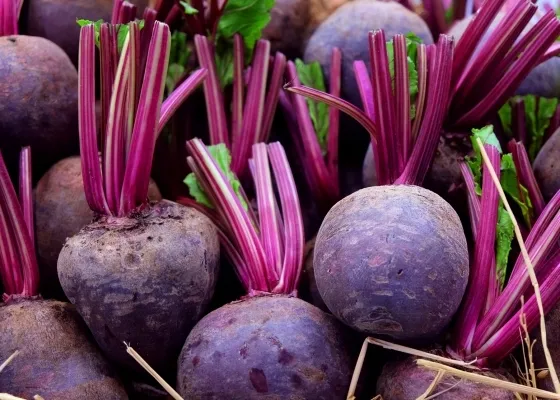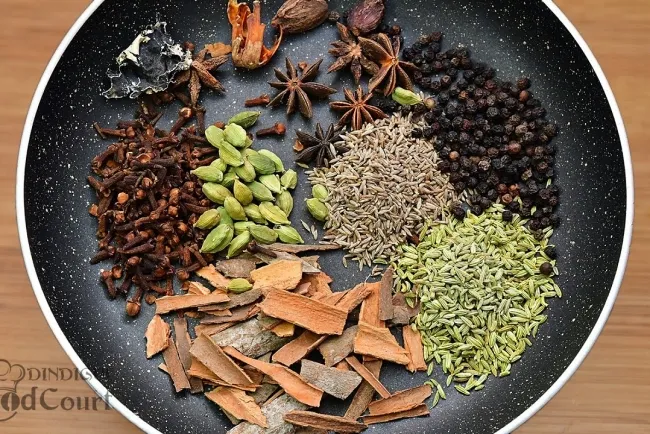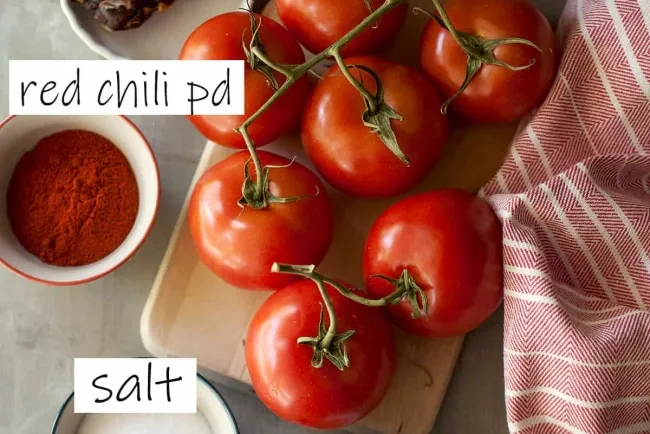Beetroot Cultivation...!!!
Beetroots are a versatile and nutritious vegetable with numerous culinary, nutritional, and industrial uses. Their cultivation requires specific climate and soil conditions, but with proper care and maintenance, they can yield abundant and high-quality roots. Whether enjoyed fresh, cooked, or incorporated into health and beauty products, beetroots continue to be a valuable and delicious addition to diets around the world.

Beetroot Cultivation
Climate and Soil Requirements
-
Climate: Beetroot thrives in temperate climates with cool temperatures. The ideal temperature range for growth is between 10°C to 25°C (50°F to 77°F). While beetroot can withstand light frost, it performs best in cooler weather, making spring and autumn the ideal planting seasons.
-
Soil: Beetroot prefers well-drained, loamy soil with a pH level between 6.0 and 7.5. The soil should be rich in organic matter and free from stones and debris to ensure smooth root development. Adding compost or well-rotted manure can enhance soil fertility.
Planting
-
Seed Selection: Choose high-quality beetroot seeds that are disease-resistant and suitable for your climate. Popular varieties include Detroit Dark Red, Boltardy, and Chioggia, each with unique features.
-
Sowing: Sow beetroot seeds directly into the soil. Space the seeds about 2.5 cm (1 inch) apart in rows that are 30 cm (12 inches) apart. Sow the seeds at a depth of 1-2 cm (0.4-0.8 inches) and cover them lightly with soil. Water the area gently to ensure good seed-to-soil contact.
-
Thinning: Once the seedlings reach about 5 cm (2 inches) in height, thin them to a spacing of 10-15 cm (4-6 inches) apart. Thinning ensures that each beetroot has enough space to develop properly.
Care and Maintenance
-
Watering: Beetroots need consistent moisture for optimal growth. Water the plants regularly, providing about 2.5 cm (1 inch) of water per week. Avoid overwatering, as waterlogged soil can lead to root rot.
-
Weeding: Keep the beetroot beds weed-free to prevent competition for nutrients and water. Use mulch to suppress weeds and retain soil moisture.
-
Fertilization: Incorporate well-rotted compost or organic matter into the soil before planting. Applying a balanced fertilizer during the growing season can support healthy growth.
-
Pest and Disease Control: Monitor the plants for common pests such as aphids, beetroot flea beetles, and leaf miners. Use appropriate pest control measures, such as insecticidal soap or natural predators. Prevent diseases by rotating crops and practicing good garden hygiene.
Harvesting
-
Timing: Beetroots are usually ready for harvest 50-70 days after sowing, depending on the variety. Check for maturity by gently lifting a few beetroots and inspecting their size.
-
Harvesting Technique: Use a garden fork or trowel to loosen the soil around the beetroots. Gently pull the beetroots out of the ground, taking care not to damage the roots.
-
Post-Harvest Handling: Trim the foliage to about 2 cm (0.8 inches) above the root. Wash the beetroots thoroughly to remove soil and store them in a cool, dark place. Beetroots can be stored in the refrigerator for several weeks.

Uses of Beetroot
Culinary Uses
-
Fresh Consumption: Beetroots can be eaten raw in salads, providing a crunchy texture and sweet flavor. Grated or thinly sliced beetroots are commonly used in salads and as garnishes.
-
Cooking: Beetroots can be boiled, steamed, roasted, or sautéed. They are a versatile ingredient in soups, stews, and casseroles. Roasting beetroots enhances their natural sweetness.
-
Juices and Smoothies: Beetroot juice is a popular beverage known for its vibrant color and health benefits. Beetroots can also be blended into smoothies for added nutrition and flavor.
-
Pickling: Beetroots can be pickled and preserved for later use. Pickled beetroots are a tasty addition to sandwiches, salads, and charcuterie boards.
-
Baking: Beetroots can be used in baking recipes such as cakes, muffins, and bread. They add natural sweetness, moisture, and a unique color to baked goods.
Nutritional and Medicinal Uses
-
Rich in Nutrients: Beetroots are an excellent source of vitamins A, C, and B6, as well as dietary fiber, potassium, and antioxidants. They support overall health and well-being.
-
Heart Health: The nitrates in beetroots help regulate blood pressure and improve cardiovascular health. Consuming beetroot juice has been linked to reduced blood pressure levels.
-
Digestive Health: Beetroots are high in dietary fiber, which aids in digestion and promotes a healthy gut. They can help prevent constipation and support regular bowel movements.
-
Anti-Inflammatory Properties: The betalains in beetroots have anti-inflammatory properties that can help reduce inflammation in the body.
-
Liver Health: Beetroots contain betaine, a compound that supports liver function and detoxification.
-
Athletic Performance: The nitrates in beetroots can enhance athletic performance by improving oxygen delivery to muscles. Consuming beetroot juice before exercise can increase endurance and stamina.
Industrial Uses
-
Natural Dyes: Beetroots are used to produce natural dyes for textiles, cosmetics, and food products. The vibrant red color is derived from betalain pigments.
-
Animal Feed: Beetroot tops and by-products from beetroot processing are used as animal feed, providing essential nutrients to livestock.
-
Cosmetics and Skincare: Beetroot extracts are used in various cosmetic and skincare products due to their antioxidant and anti-inflammatory properties. They help nourish the skin and promote a healthy complexion.
Beetroots are a versatile and nutritious vegetable with numerous culinary, nutritional, and industrial uses. Their cultivation requires specific climate and soil conditions, but with proper care and maintenance, they can yield abundant and high-quality roots. Whether enjoyed fresh, cooked, or incorporated into health and beauty products, beetroots continue to be a valuable and delicious addition to diets around the world.
What's Your Reaction?

















